Light weight, a 3.5-litre supercharged V6 and a blend of long-distance comfort and race-car engineering. If that sounds to you like a new Lotus, then you’re not that far from the mark. Revived coachbuilder Radford has pulled the covers from its first project, the Type 62-2, which pays clear homage to Hethel’s 1960s group 6 racer.
Radford will build just 62 examples of the car, each unique to its individual owner’s requirements. While the styling closely echoes that of the original Type 62 racers, the engineering under the skin will be bang up to date, and promises to offer an experience unlike anything else on the road.

Radford, first set up by Harold Radford in the 1930s and made famous by its celebrity clients in the 1960s was revived earlier this year by the dream team of F1 champ Jenson Button, classic car expert Ant Anstead, designer Mark Stubbs and business adviser Roger Behle.
Operating out of Orange County, California, the modern-day Radford has been resurrected to create a series of individual commissions, bespoke projects and luxury and performance vehicles, and the new Type 62-2 will give us our best indication yet as to the firm’s abilities in terms of design and engineering.
Externally of course it’s much like the original Lotus Type 62 from which it takes inspiration – though naturally there’s more going on here than just a like-for-like copy. Aerodynamics is handled by underbody ground effects, negating the need for ungainly aerodynamic appendages, while the shape incorporates elements necessary for cooling, intakes and good old-fashioned style.
It’s low (just 1133mm) and well-proportioned, packing 17- and 18-inch wheels under the arches in ‘Classic’ specification and 18- and 19-inch two-piece aluminium wheels with centre-lock fixings in the Golf Leaf model pictured – both examples of the kind of touches owners will be able to individually specify. A ‘JPS’ will top the offerings.
That Type 62 bodywork is formed from carbonfibre, draped over a bonded aluminium chassis, so regardless of any retro elements to its styling, it’s thoroughly modern underneath. The firewall, windscreen surround and roof structure are actually carbonfibre composite too, forming a safety cell and adding to the car’s rigidity.
At the rear is a tubular subframe, housing a mid-mounted, 3.5-litre supercharged V6. Radford doesn’t explicitly say so, but this combination of mechanicals and its quoted output of 430bhp hints that there’s more Lotus in the car than the styling alone. The engine is essentially the Toyota unit familiar to us from Evoras and Exiges, and sure enough Radford told Hagerty back in May that the company was working closely with Lotus to develop the Type 62-2, though clarifies that it’s not based specifically on any current Lotus model.
That’s apparent from the quoted dry weight of under 1000kg, if nothing else. That’s closer to Elise territory than the Exige, so expect performance better than either – 0-60mph should be comfortably under four seconds. In the Gold Leaf, uprated pistons, conrods, camshafts and an ECU boost output to 500bhp, and the JPS takes that even further, to 600bhp, for straight-line pace well and truly in the supercar league.
A six-speed manual and seven-speed dual-clutch transmission will be offered, along with a standard electronic locking differential in the Classic and a plated mechanical diff in the Gold Leaf and JPS. The latter pair are DCT-only, but the Classic can be upgraded should the owner wish, with the option of both the 500bhp engine setup and the DCT ‘box. Slowing down again is the work of AP Racing iron discs (carbon-ceramic on the JPS) and 4-pot calipers.
All this would be for nought if the Type 62-2 didn’t handle, and that’s where Button comes in. The 2009 Formula One World Champion has been in charge of setting up its behaviour for both road and track, and Radford promises it’s equally adept at either – as happy cruising over long distance as it is on a British B-road or circulating the firm’s Arizona test track. Steering, not unexpectedly given the low weight, is unassisted – but it worked for those aforementioned Lotus models, so we’re not expecting any nasty surprises here either.
As far as road usability goes, the classic cutaway doors are designed to improve access, the cabin’s flat floor should free up space for drivers of all shapes and sizes, and with rear-facing cameras in place of both central and door mirrors, rear visibility is catered for too – not always the case with either supercars or 1960s prototypes. Radford hasn’t listed a width, but suggests it’s narrow enough not to be a nuisance in cities or on narrow country roads.
It shouldn’t be without creature comforts either, be that adequate luggage space, an optional nose lift for speed bumps and awkward driveways, a data logger, Bluetooth, and a five-speaker sound system.
Radford will cater to customers throughout the ownership process too, from what it calls the first expression of interest all the way through the owner’s tenure, offering the kind of personalised service that should separate the Type 62-2 from more run-of-the-mill supercars. Naturally, you can also have the end product delivered anywhere in the world.
No price is quoted (“if you have to ask…”) but the first Type 62-2s should be with their owners in the first few months of 2022. Above all, the Radford dream team has designed these things to be used, so while the 62 cars will undoubtedly be a rare sight, hopefully they won’t be so rare that a few don’t make it out onto the roads and race tracks of the world.
Read more
Final fling: Lotus Exige Sport 390 Final Edition driven
The story of Harold Radford, coachbuilder to the rich and famous
Top 10 Mini conversions: Radford, Ogle and more

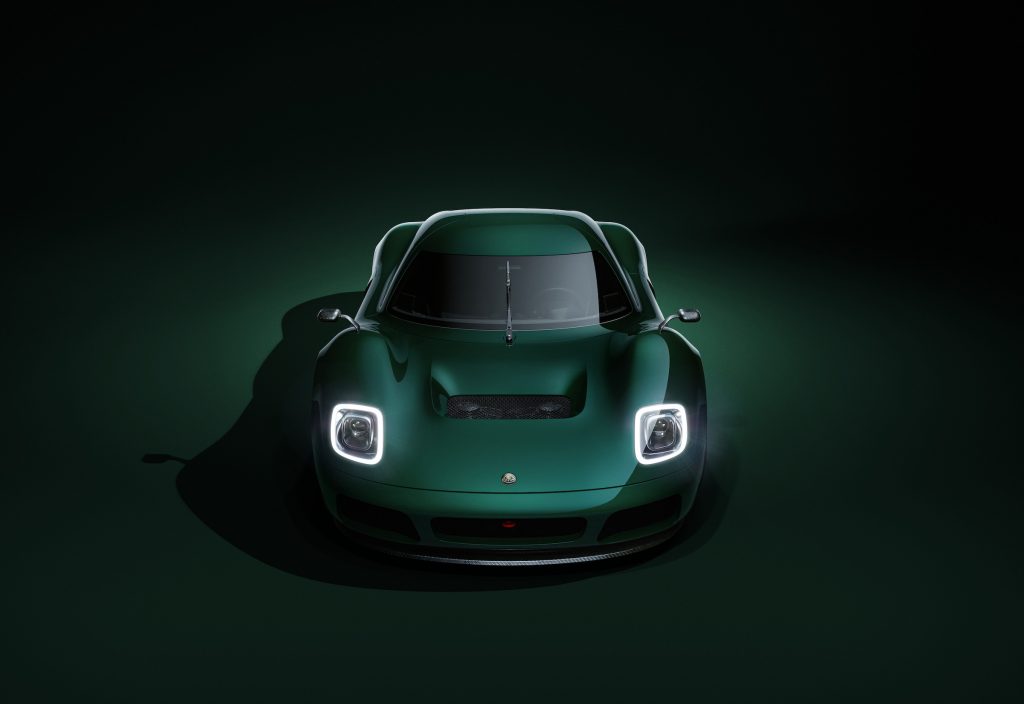
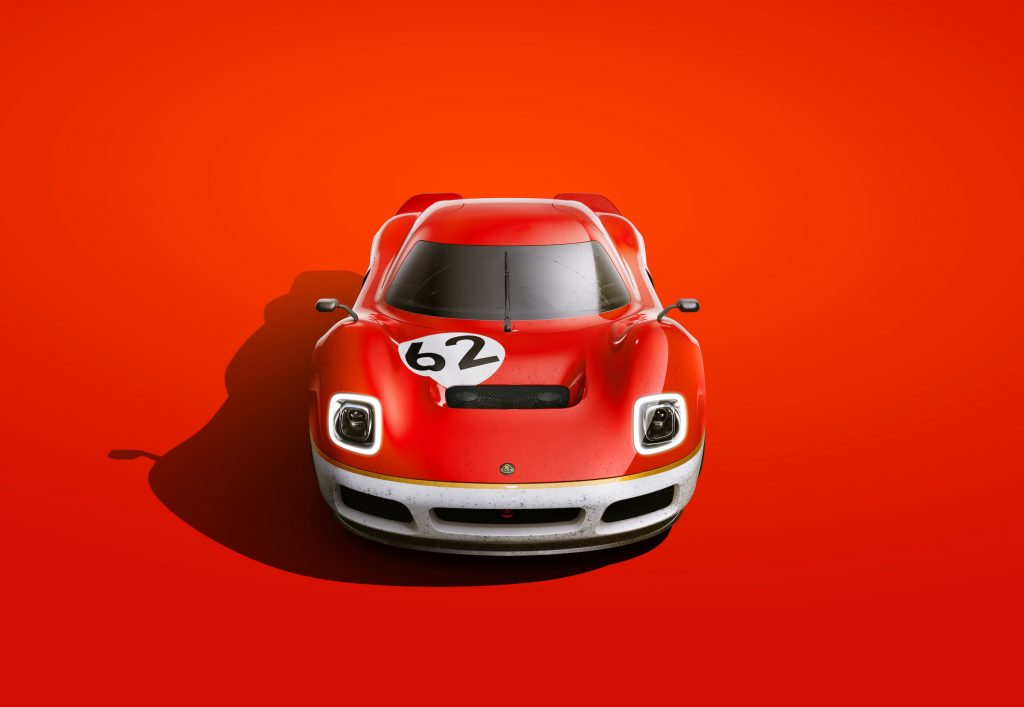
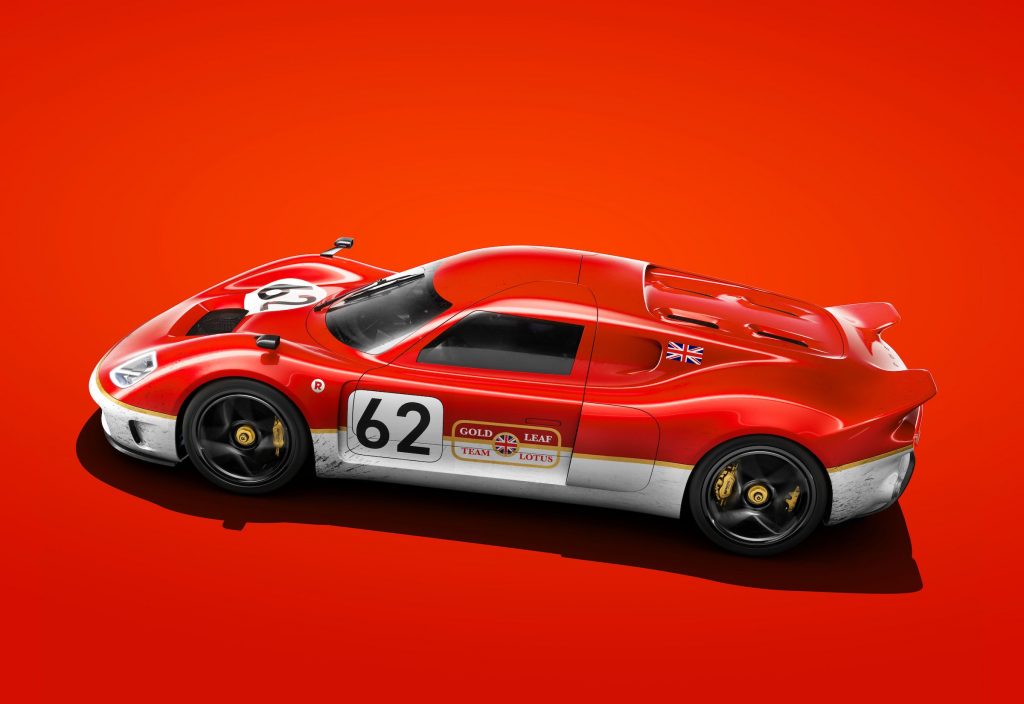
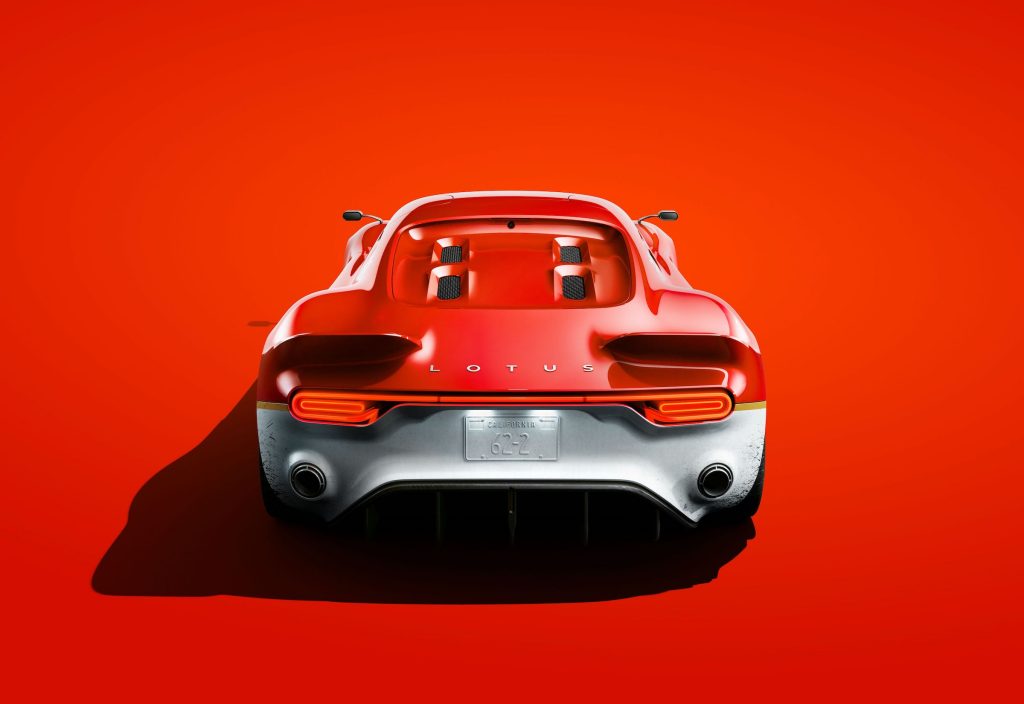
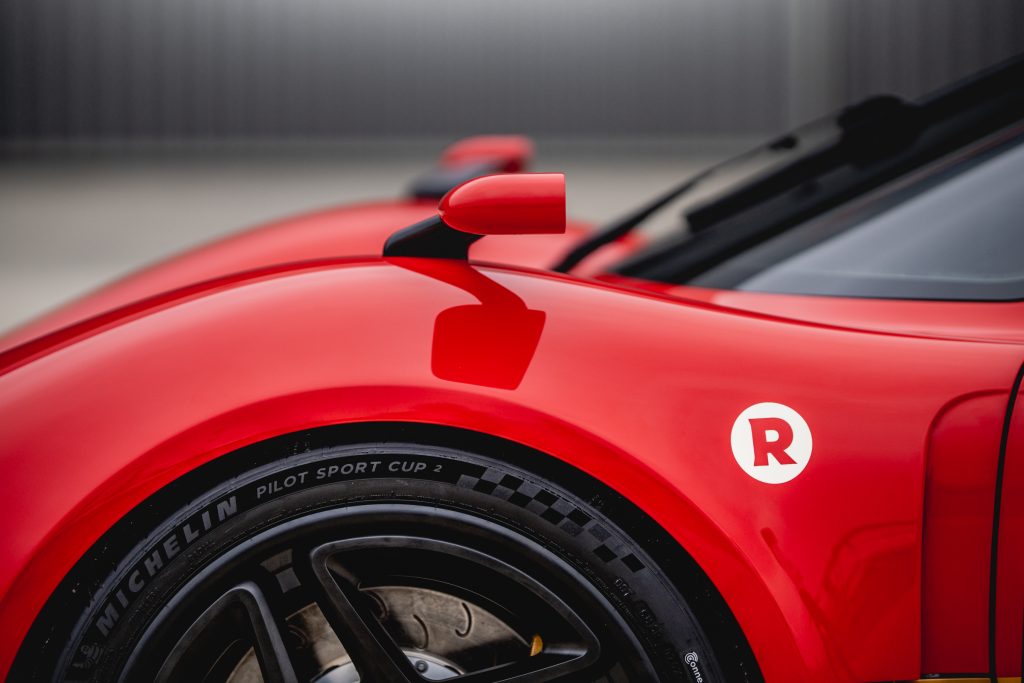
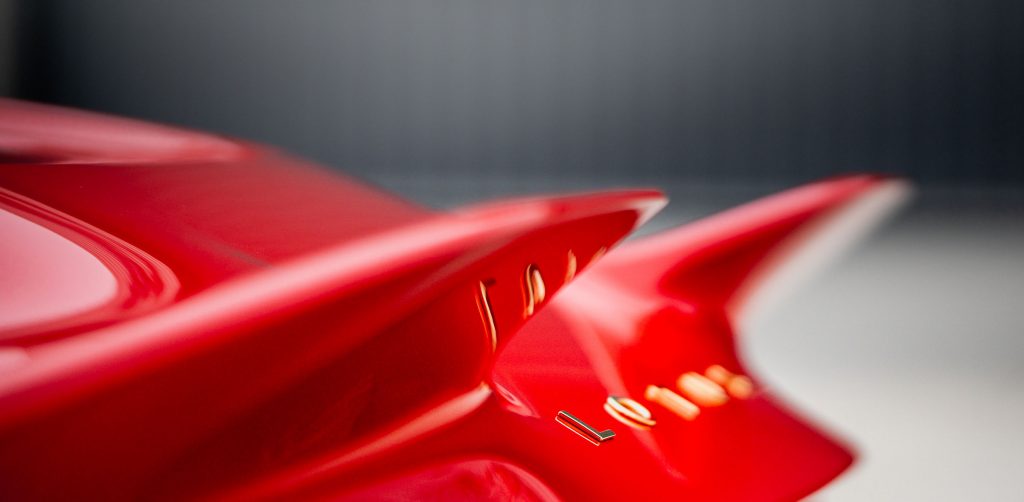

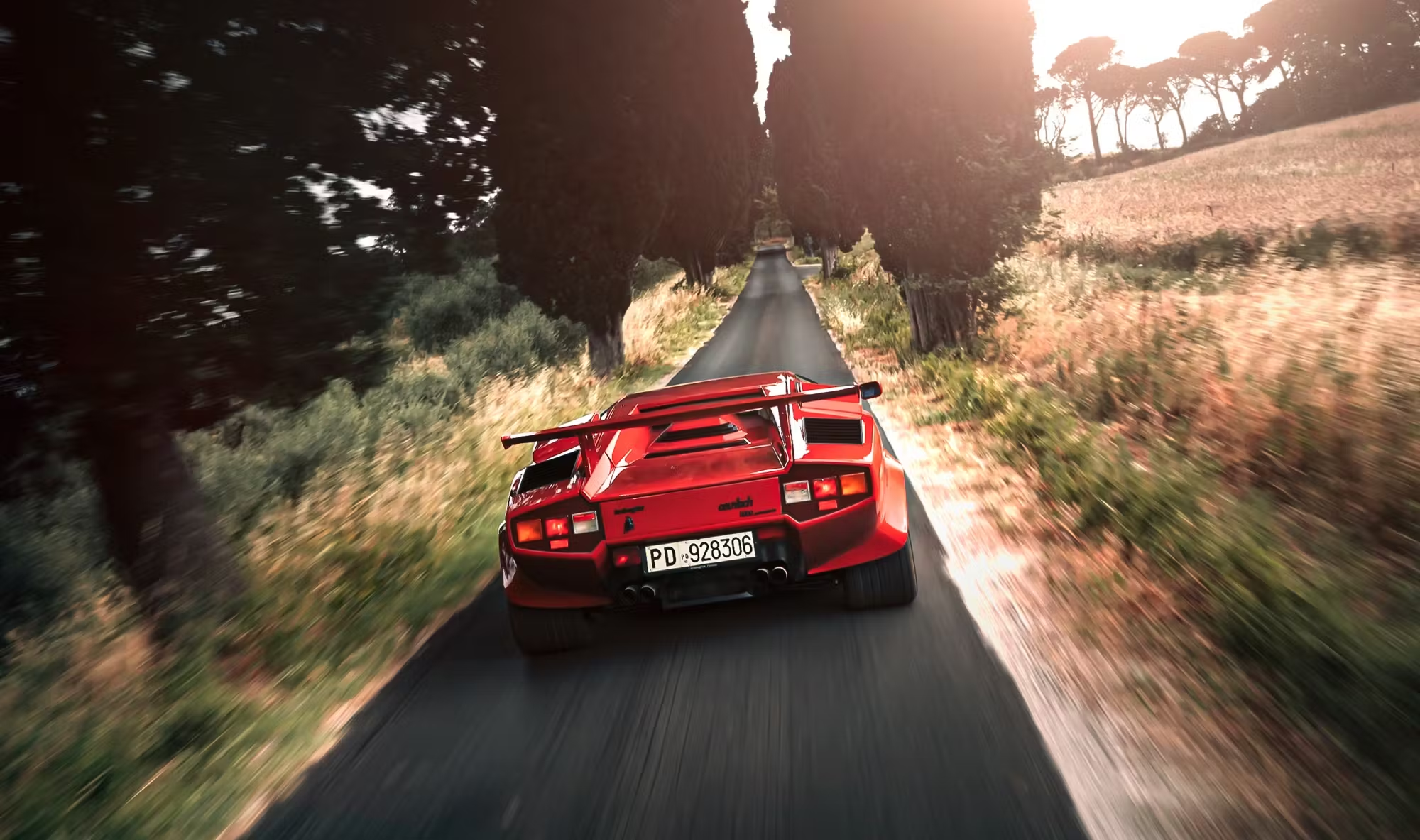
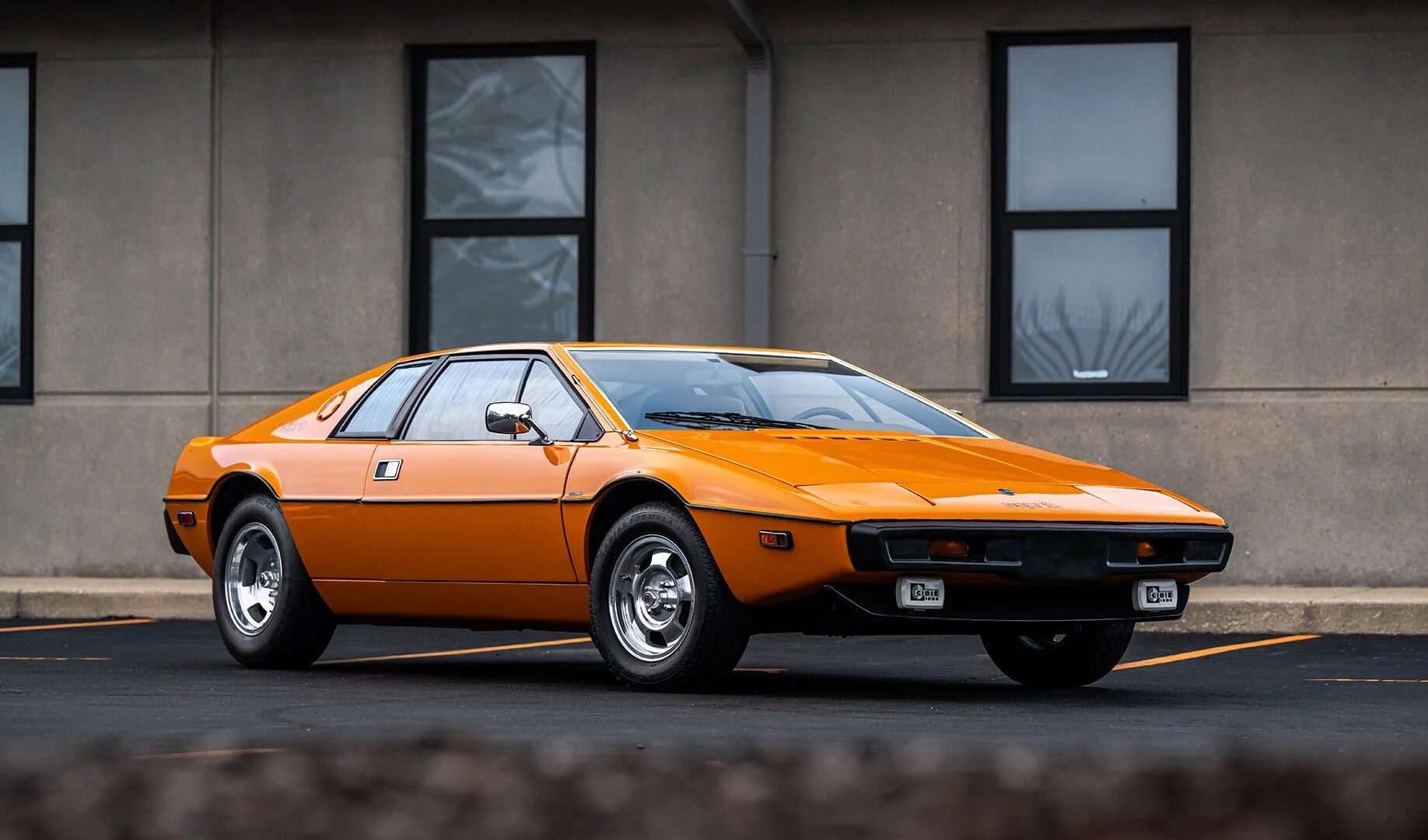





Lovely looking car. Shame only 62 will be made which will make it unavailable to us mere mortals! I’ll just have to stick with my Ultima GTR then!